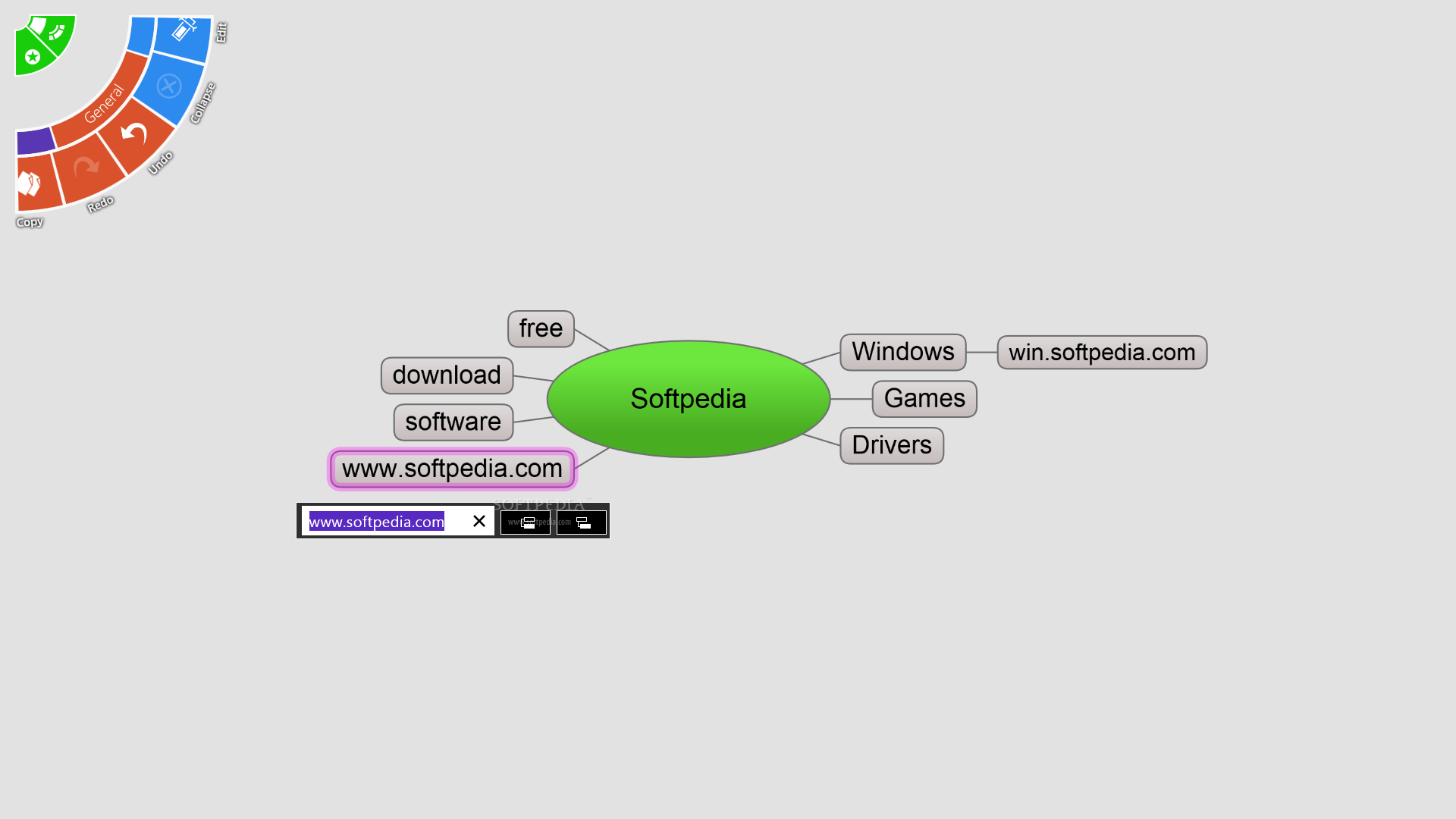

But repeated exposure to the same scales of architectural features permanently changed how we interact with buildings and the fabric of cities. Back in those days buildings were actually designed on paper! And guess what? The size of the paper (together with the scale of the drawing) determined the size of the architectural feature and effect. My visualization training included an extended dip in the world of architecture. This form of humor was completely shaped by the visualization technology but quickly spread to be a dominant form in other media as well, even reinventing the spoken joke and extending to many of those internal jokes we have with ourselves. (For a great example, snap down to ATPM’s own Cortland strip.) In short order, many jokes changed from the longer form of spoken stories to a more abstract setup in two or three steps, then the punch. One significant cusp was when the Hearst newspaper chain found it competitively convenient to package comics as the “strip,” with three or four panels. For instance, people who study humor have been able to track how the notion of a joke changed at certain key points in history. In this view, a tool can get in the way but given the same mind, what would be produced would be pretty much the same no matter the tool.īut at least so far as groups of minds, this isn’t so. Several of you have messaged me to disagree, claiming that a tool is simply good or bad. In previous columns, I’ve made my own outrageously broad claim: that the tools you use profoundly affect the way you think and work. In this column, we’ll use the term generically to apply to any graphical view of outlined material whether it is “official” or indeed whether it conforms to Buzan’s principles.īut before we look at applications, I want to take a relevant detour. Also since the 60s, “mindmapping” has found its home on the computer desktop, has merged with outlining (since both work with trees), and has evolved some new conventions not originally “invented” by Buzan. Some of the applications surveyed below have official Buzan licenses, but I could not suss out precisely which ones or exactly what it means to have a license. Since then, the Buzan organization has trademarked the term. Most of these are indefensible in retrospect. Radical claims were made for the power of this technique at the time. Use graphics and color as much as possible when using text, use simple, single words in bold lowercase because it registers in the mind more clearly.


But that history is so twisted, diffuse, and controversial I couldn’t possibly give a meaningful summary. A few sources claim an origin in Leonardo DaVinci! As it happens, I’ve been personally involved in some of the more recent history of visual brainstorming, moreso than in the outlining branch that is the focus of ATPO. Techniques for visual brainstorming have a long and complex history, largely independent of outlining. For many users, switching between the two is a pretty powerful combination. Where outliners are graphic features added to text layout to manage concepts, mindmappers are the opposite: text features added to graphic layout. That’s where these chart views come into play. But what if I also wanted an outline of all the features of the fictional land: place names, rules history, geographic features, and such? There’s no natural linear order for something like this: in fact, it might even make sense to lay it out rather like a two-dimensional map. That makes sense if I am writing Lord of the Rings. Lists that depend on an indexing order, like the alphabet, also do well with outlining. The linear nature of outliners is also great for setting up and navigating ordered lists, including to-do lists which might be ordered by date or priority. That makes outlines a natural for authoring something that will end up being read linearly, like this column or a book. The whole thing refers to a linear flow: no matter what information you are capturing, the outline has a beginning and an end, a flow. That graphic layout is a matter of indentation, disclosure triangles, and often styles and interface icons. The kind of outliners we’ve been covering so far are essentially editors-at root, text editors-that add graphic layout.


 0 kommentar(er)
0 kommentar(er)
